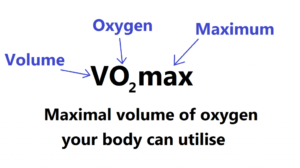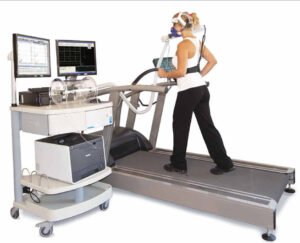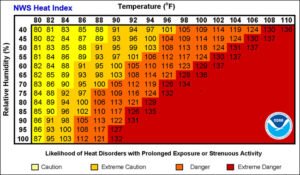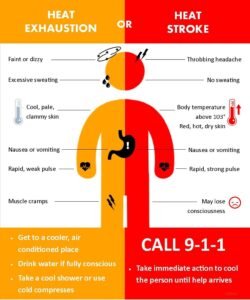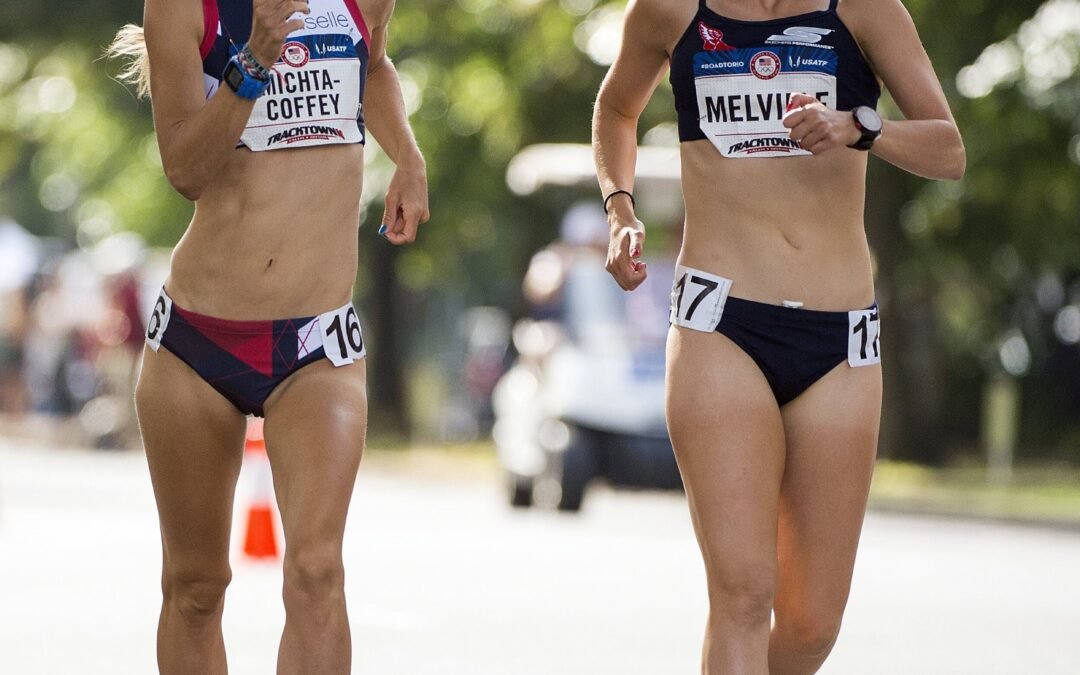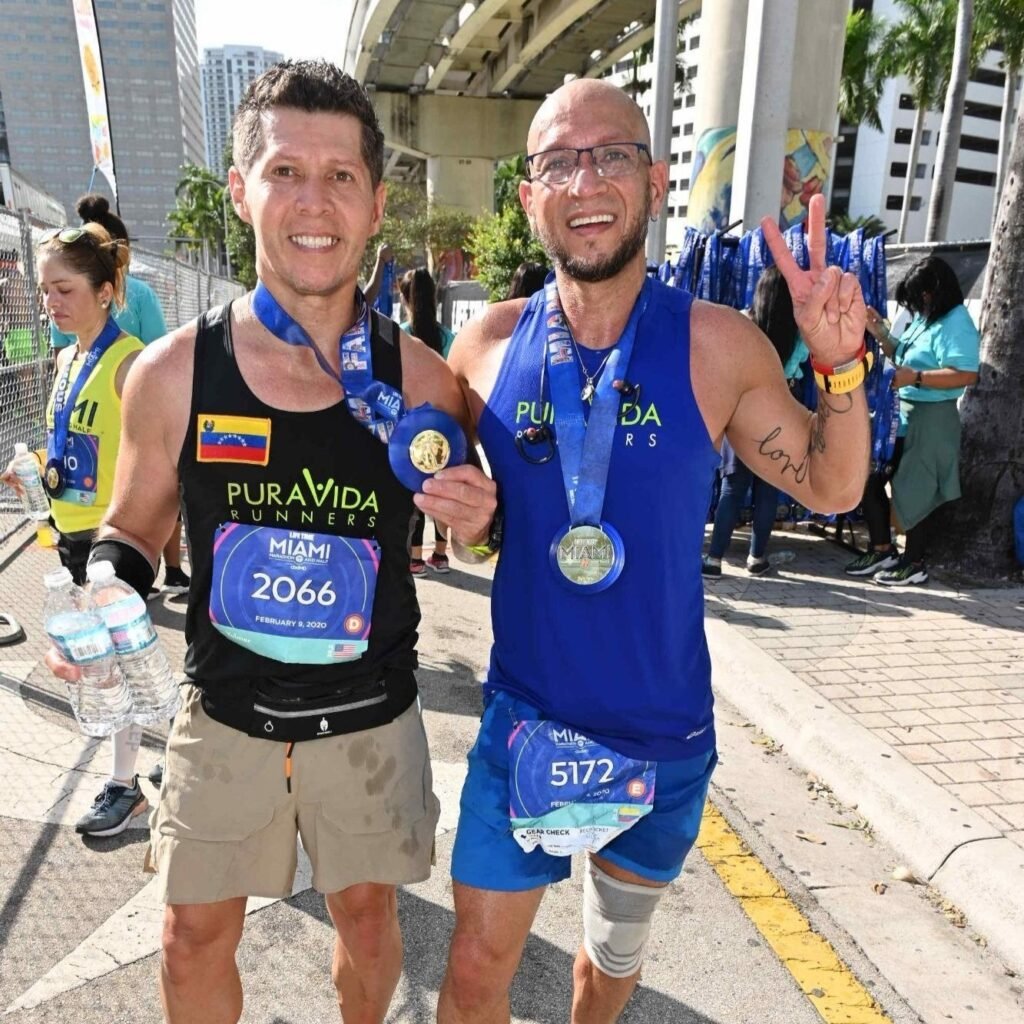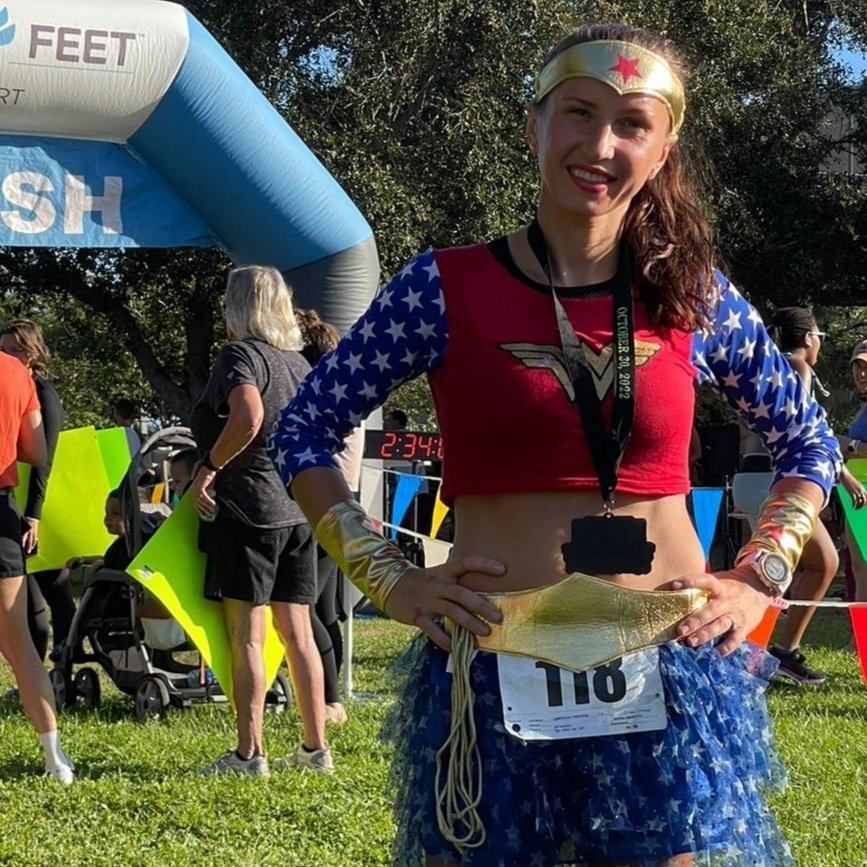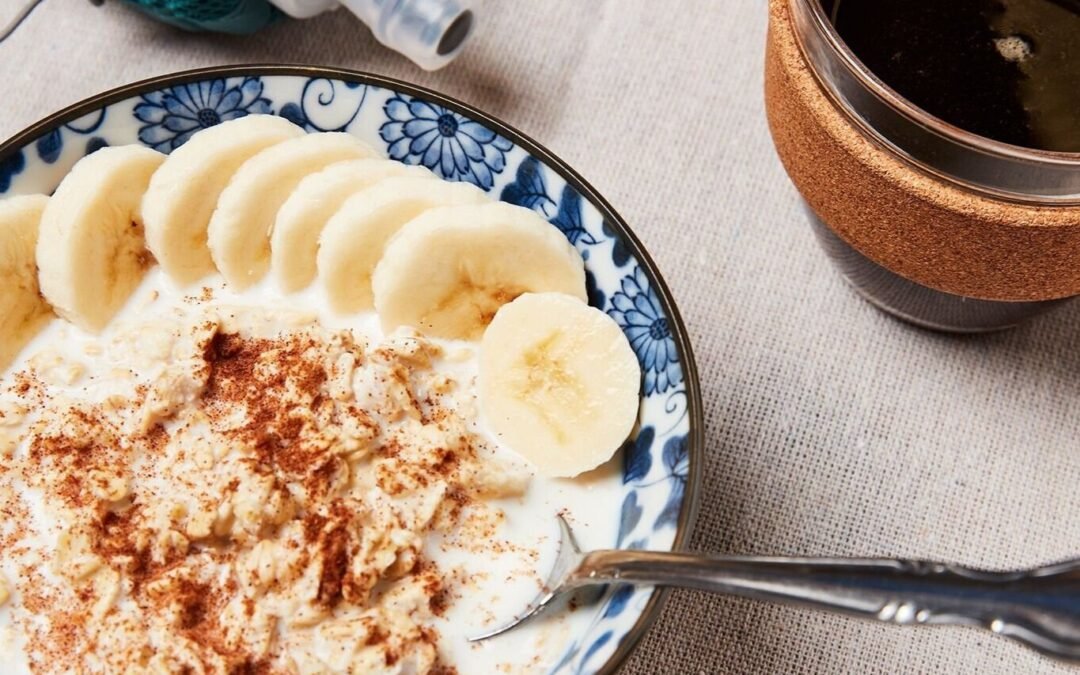
To Fast or Not to Fast?
By Coach Adolfo Salgueiro
It is an ongoing debate between runners, coaches, scientists and onlookers in general if we should run in a fasting state or not. Despite all the science, studies, anecdotal evidence and articles on the subject, the verdict boils down to a simple two-word answer: It depends.

Figuring out what to eat and when is the responsibility of each runner.
It depends on what type of runner you are, how long you are running, when you’re going for a run, what are you trying to accomplish, and so many other factors. There are as many answers as there are runners. And what works for you doesn’t necessarily work for me.
If you run first thing in the morning, you can do a simple A/B testing and figure out what works for you. There are people that can’t function without a coffee and there are people that will have to rush behind the bushes if they have a coffee before running. You can try with an apple, or a banana, or a bagel, or toast, and from there find out what helps you out and what upsets your stomach. A running partner once told me she had a bowl of oatmeal before our long runs. If I had a bowl of oatmeal, I would be the one running for the bushes.
The key to this is not to overdo it. You are just looking to top off your glycogen stores before you hit the road. You are not taking breakfast. Digestion uses a lot of blood, same as running does. So when the body diverts the blood to fuel your running, digestion stops. The rest I will leave to your imagination.
Running on a fasting state, you will teach your body to use its own resources without depending on outside fueling. This is beneficial when you are training for a long effort, usually the half-marathon and above. As you your body adapts to the finite amount of glycogen it has available, it learns to use its stored fat as a source of fuel. This becomes invaluable when you go beyond the 18-20-mile mark, so you can avoid the dreaded wall.
I want to make absolutely clear that I am not saying to go run 18-20 miles just with what you woke up with. You should not neglect your fueling strategy (that is a topic beyond the scope of this blog post). What I am saying is that running in a fasting state will train your body to reach that critical point with something left in the tank.
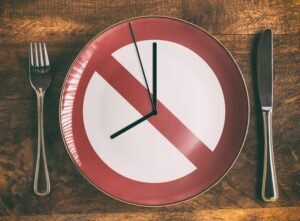
The time of the day in which you run is one of the key variables on fasting or not
The time of the day in which you run is key on deciding if fasting or not fasting is right for you. If you run in the afternoon, you shouldn’t be fasting all day. What you must do is adjust your eating habits so you can fulfill your training without interrupting digestion. Once again: A/B testing. You will have to discover what works best for you. You will have to eat something before your run, but what and when is the key. It could be some fruit, or a sandwich or handful of almonds; either two or three hours before your run. Or maybe its just one hour. It is your responsibility to figure that out.
Even if you prefer running in a fasting state, you must prepare for the task you will be facing. If you are running New York, or Boston, where you may be starting at 11AM, you can’t do it in a fasting state. You must eat something hearty for breakfast with enough time to digest (about 4 hours). You breakfast needs to be a low-waste meal so you can avoid number-2 unscheduled breaks. Astronauts for the first Mercury and Gemini missions, when bathrooms were not available in their spacecrafts, used to eat filet mignon, eggs and toast before launch. You may want to switch the filet mignon for another type of protein but in general, this is a great option. One that needs to be practiced before race day.
My recommendation is to start working on your A/B testing right away. Find the benefits and the drawbacks of fasting or not; of eating and eating what; of eating or not based on how long are you planning to go; on when to eat; on figuring out if coffee, oatmeal, fruit, toast or whatever, works best for you; or not. The time to work on this, is now, not when you are tapering for your marathon or the morning of your goal race.


